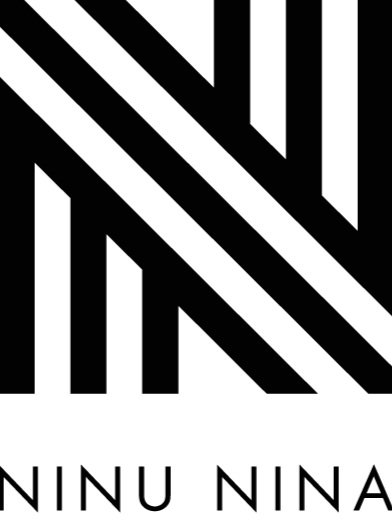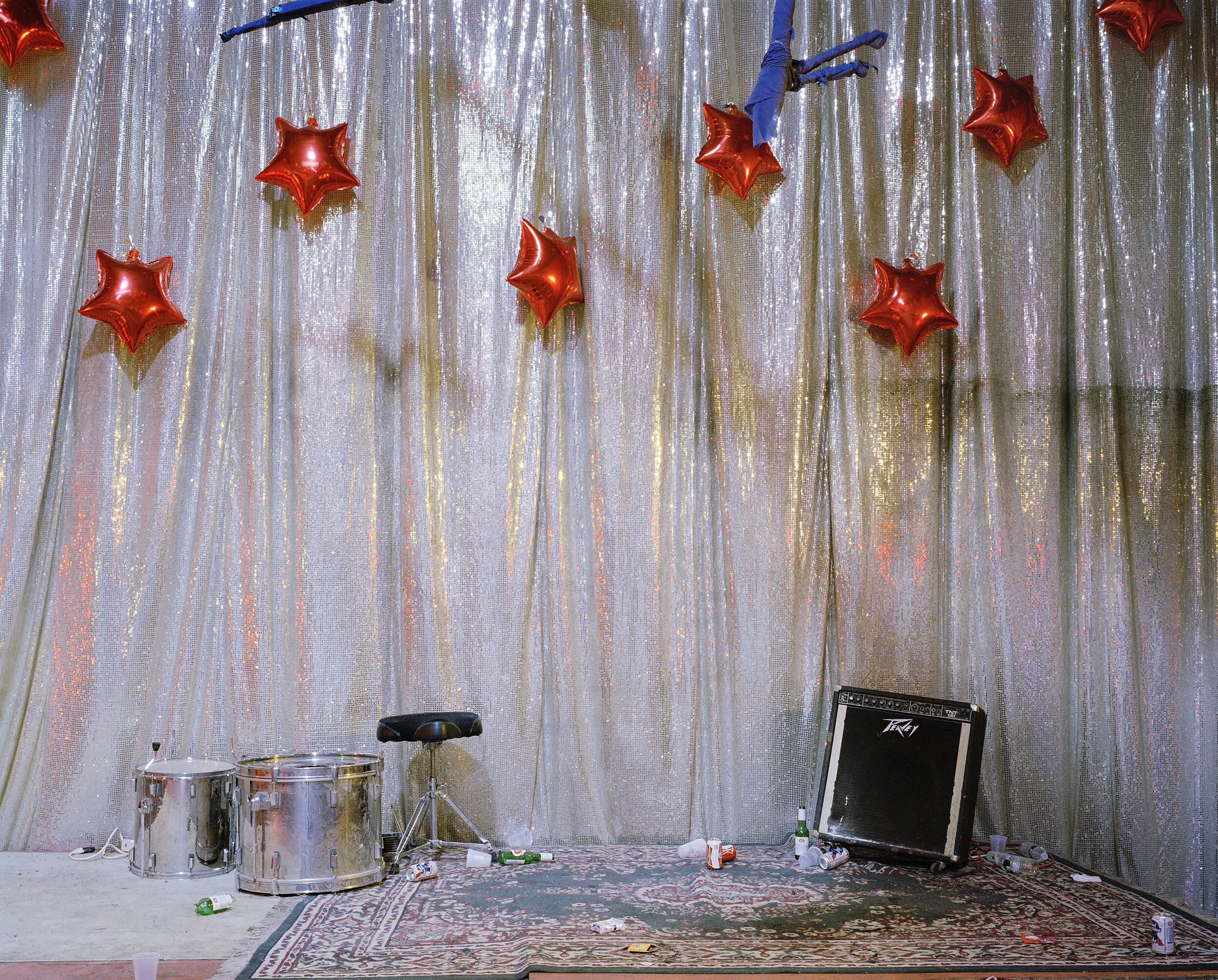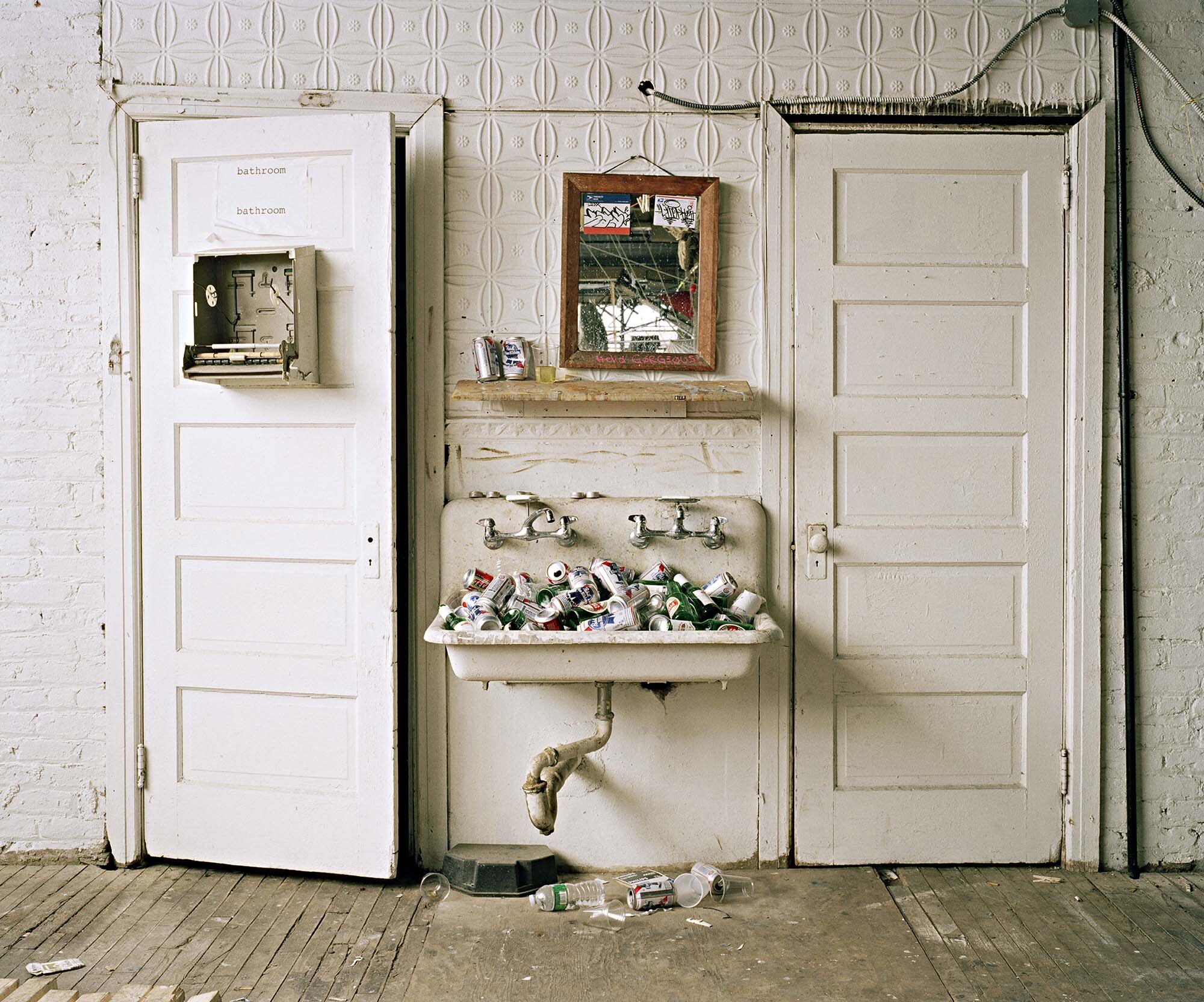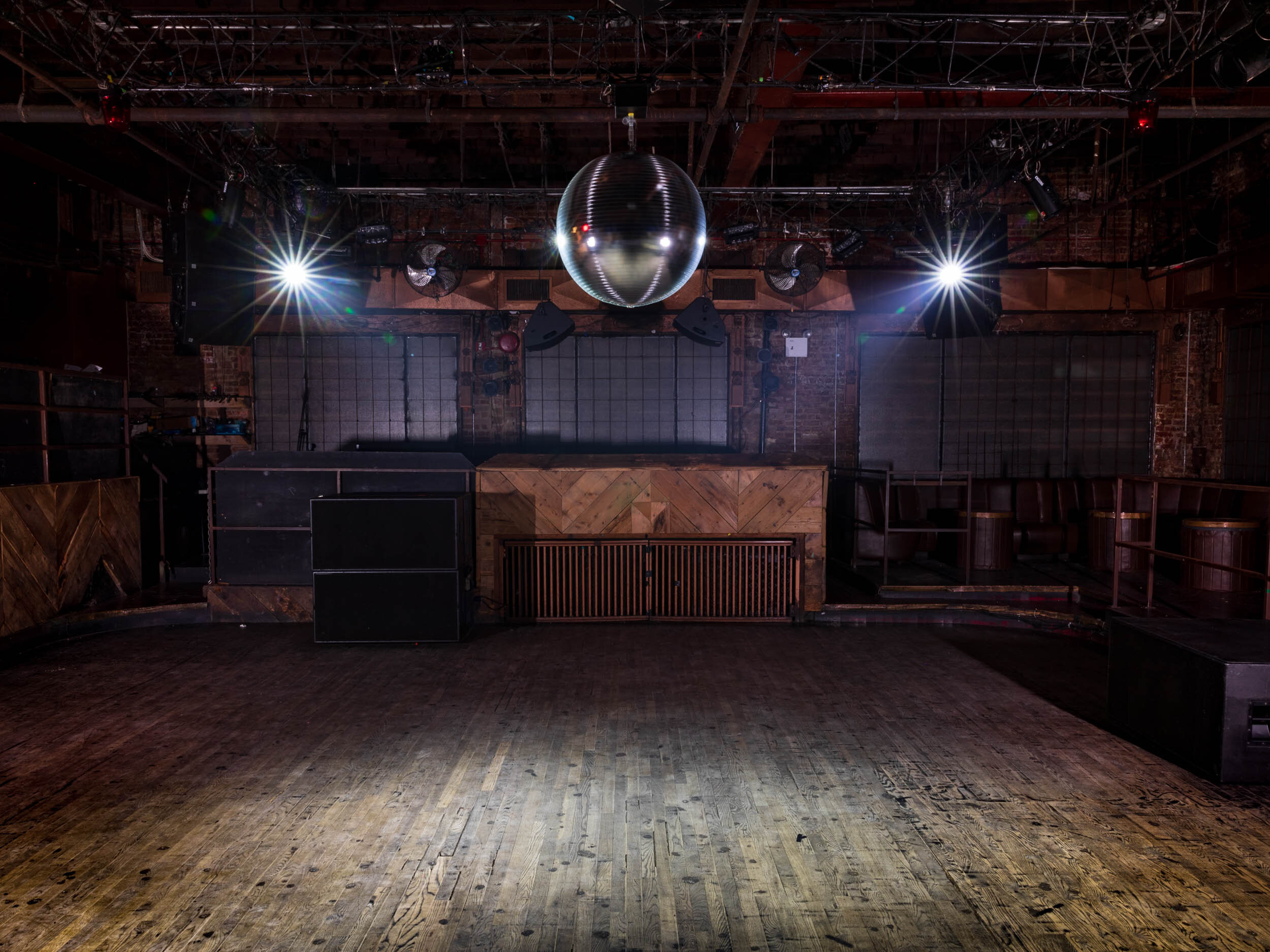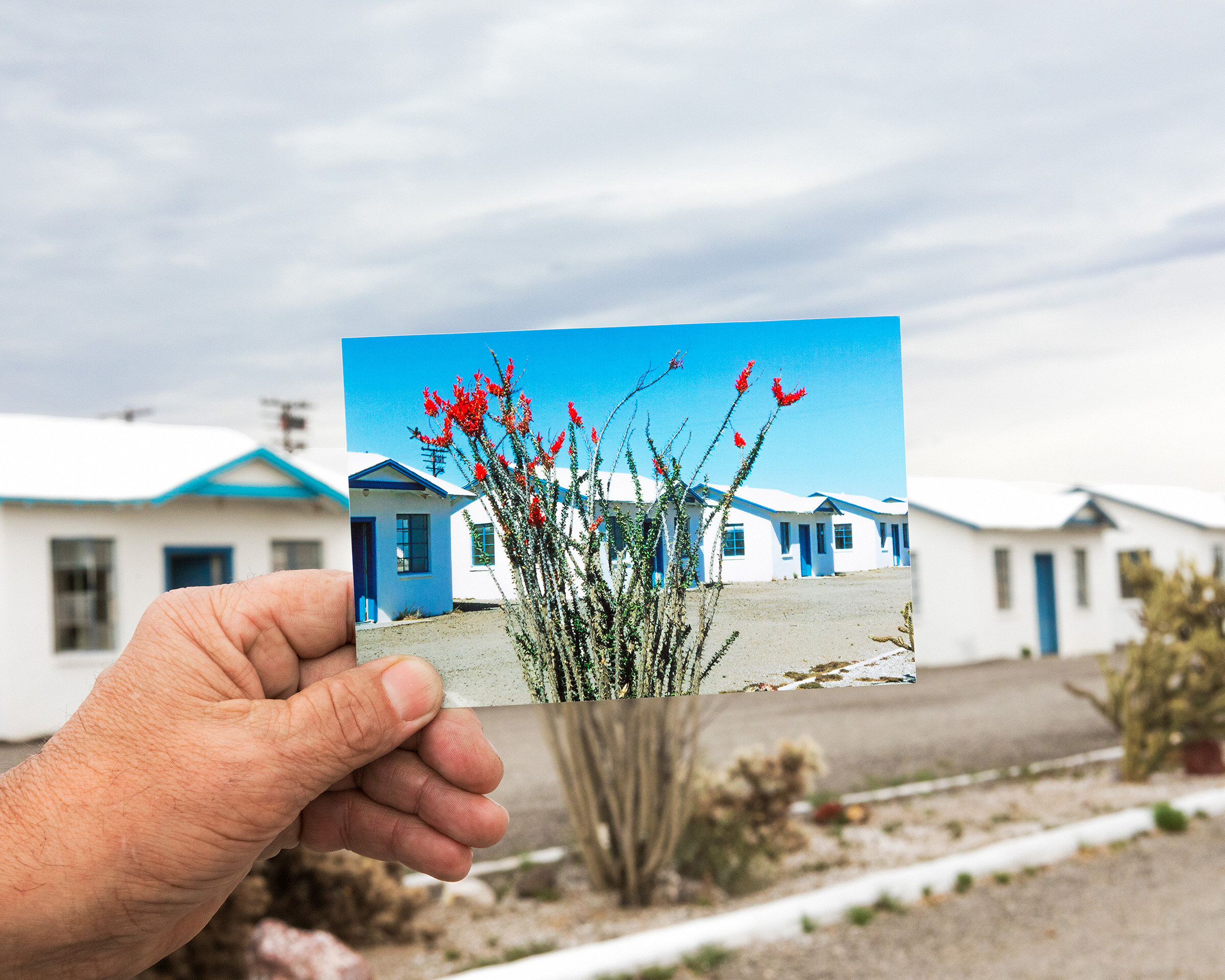VISUAL ARTIST LAUREN SILBERMAN
Today we present our interview with photographer and visual artist based in New York City. It was her series Party Science and After Party that really caught our attention. The evidence of beauty in disorder or unexpected places is present throughout much of her work, which includes portraiture, interiors, images of the aftermath of raucous secret gatherings, characters that challenge identity, and images of everyday objects out of context can reveal unexpected messages, whether they be melancholy, joyful or sinister. It is the after and the in-between that interests Lauren the most.
Her work has been exhibited in New York and abroad and it has been featured in the New York Times Magazine, Vogue Italia, Elle Magazine and PDN’s photo annual. She’s been awarded residencies with A-Z West (Joshua Tree, California), ArtGarda (Sirmione, Italy), Mana Contemporary (Newark, New Jersey), The Camera Club of New York (NYC), the Lower Manhattan Cultural Council Workspace program (NYC) and was a Visiting Scholar at NYU’s Steinhardt School of Culture, Education, and Human Development. Clients include The New Yorker, NYLON Magazine, Fortune Magazine, Vice, Details Magazine, and Bust Magazine. She holds an MFA from Bard and a BA from Barnard College. Thank you so much Lauren for sharing you inspirations with us today.
Tell us your greatest inspirations or influences?
Most recently, and in no particular order:
Rebecca Solnit for her poetic sensibility
Alain De Botton for his brutal but empathetic realness
Jonathan Richman for his irreverence
The art made by some of my art heroes: Wolfgang Tillmans, Alex Soth, Miranda July, Alessandra Sanguinetti, Ragnar Kjartansson
The wild energy in New York right now as we emerge from the pandemic and the profound resilience of everyone who remained here through it
Previous (and lasting) influences, also in no particular order:
Sophie Calle
Nan Goldin
The films of Hal Hartley
William Eggleston
Ian Svenonius
Punk rock
Giorgio De Chirico
Giorgio Morandi
Dave Hickey
Alexander McQueen
Mike Kelley
Tell us a bit about your creative process?
There’s a balance between trust, effort and patience: trusting that inspiration will arrive, effort to work with the inspiration when it does and patience with myself to work through ideas and learn new skills to translate those ideas. My work comes from a very personal place – I often focus on something that I am obsessed with or make work that is a reaction to a personal situation.
I made a performance video piece years ago called Idea Karma. It started with the silly notion of shooting a video of myself dancing in the street dressed as a unicorn. Though it seemed to be ridiculous, I felt the need to honor it. While shooting the video, the concept of idea karma materialized: it was about using every idea that I have and working with it because if I didn’t then I may never get another idea, and how am I going to make it as an artist without any ideas? The making of the video was idea karma in action. The concept came from a very superstitious place but was actually very practical. Ideas are material to work with, even if they are sometimes not good or don’t materialize into something good; they are the launching pad for other concepts. So, ultimately, the creative process is doing the work: taking the idea and making the work, and I address this in the video. Sometimes the work comes first, and then the idea comes later – it doesn’t matter. Take advantage of and be open to the muse when it strikes, because you don’t know what it may lead to or when it will strike again! Idea karma!
Ultimately, I look for dualities in much of my work and these can be inspired by anything that I come across in my daily life that resonates with me – so the creative process starts there. I think the work is most interesting when there are two sides to it – happiness paired with sadness, beauty paired with the grotesque, or inside paired with outside, so I look to how to integrate that into my work when I am thinking of how to frame my subjects and present my work. This is evident in the Karmic Fulfillment video as well as in the work I have done of abandoned party spaces, bars and clubs under lockdown during Covid, and drag queens photographed in various stages of transformation. For instance, with the drag queen work, I wasn’t interested in showing them the way that we are used to seeing them, but in seeing a more private and vulnerable side that inhabits a place in between gender and identity; that ambiguity is an example of a duality that I seek.
Things you are looking forward to this year?
Feeling levity and ease after a year of deep emotional loss.
How has this year changed your creativity or how do you see the world changing moving forward?
This year forced me to work with different parameters, which I’m always working with in some way. I will admit my creativity felt very stifled for the first few months of lockdown and I didn’t fight that because there were bigger things to worry about like, ya know, survival. Several months into it I realized that the pandemic wasn’t going to end anytime soon and I was simultaneously feeling very empty after not having made much new work. I forced myself to dig a little deeper to see what I could make that felt like an appropriate response to the time. I was also going through a very traumatizing breakup so there was loss all around me, on a universal scale as well as a personal one.
Forcing myself to make this work was a very uncomfortable effort to free myself from the utter paralysis that was a result of my broken heart. I photographed what was available to me: emptiness. I took a cue from an image I had made in May 2020 of an empty nightclub that felt to me to be a symbol of the emptiness and loneliness caused by lockdown. I started photographing other bars and nightclubs that were closed during the pandemic. We were all denied the sense of spontaneity in everyday life that New York City usually provides, and bars and clubs are one type of place that provide this. Stacks of bar stools, empty dance floors and taped off tables were all testaments to that surreal time that I wanted to capture. Making the photographs was an act of recovering from the very deep heartbreak that I was experiencing while also being a nod to it.
Having said that, I have come to understand that my work, first and foremost, is rooted in my emotions. I think there are artists that work in a more intellectual and critical context, and those that work with feeling – the work that is most successful, or at least speaks to me the most, inhabits both an emotional and a critical space. Sometimes I succeed with this in my own work and sometimes I don’t, but I keep trying.
Do you think the art world needs to change, and if so, how can it be improved?
Absolutely. Am I interested in trying to change it? Not so much. I am more interested in staying true to the work that I believe in and that is distinctly mine. It’s very seductive to try to fit into the art world, but it can force artists to try to fit into something that doesn’t work for them, and that can be a very dangerous place! I think it’s important for each of us, as artists, to create our own art worlds and communities. Personally, this means going to my friends’ art openings, visiting their studios, and being an active member of a few small art groups; I have artist friends from grad school and past residencies and we constantly support each other in the most tangible ways that we can. The “Art World” will always be there and it will be ready for you when it is.
Find your own art world, and if you can’t find one that makes sense to you, make your own.
What does wellbeing mean to you?
For me, wellbeing is closely intertwined with mindfulness. On a practical level, I think this wellbeing comes through having a set of mental tools to use. I have spent the last several years working with a therapist who integrates somatic along with auric healing, which is a way of healing the body through physical touch that opens the chakras; it sounds very woo-ey and it has been a long, slow road but it has completely changed me for the better. Practicing yoga and running are also activities that provide me space for mindfulness and where many of my ideas seem to materialize. It’s all about identifying whatever tools work for you to keep yourself grounded and utilizing these tools frequently.
I was gifted an amazing fable by one of my favorite yoga teachers once about finding water. It was about a man searching for water and after a little while of digging, he wouldn’t find water, so he would start digging another hole in search of it. After much effort and several holes that he had started, he was exhausted and never found water. The truth is that there was water to be found, it was just much, much deeper under the ground and none of the holes he dug were deep enough. The moral is to just dig one hole to find water. Stay focused. Find water. This story has stayed with me for many years because it is a reminder to focus on what is important in my life and to not give up. And I use my mindfulness practice to stay focused on what is important to me. For me, those things are my health, my relationships, and my work. When I tune into that there is an overall sense of peace, happiness, and freedom in knowing what my priorities are and what my mission is.
Cover photo Of artist by Lanna Apisukh
